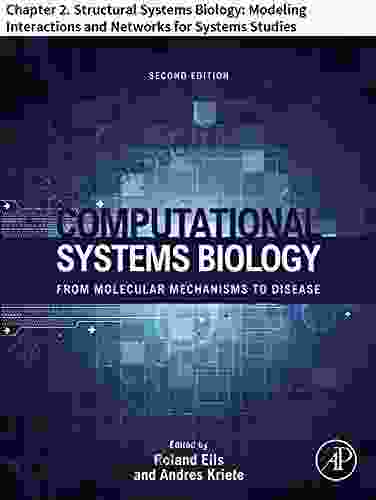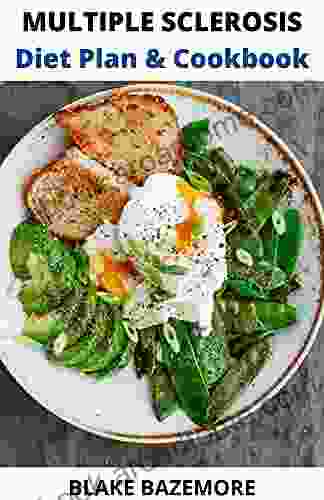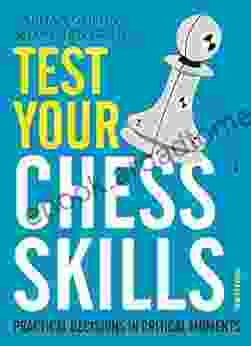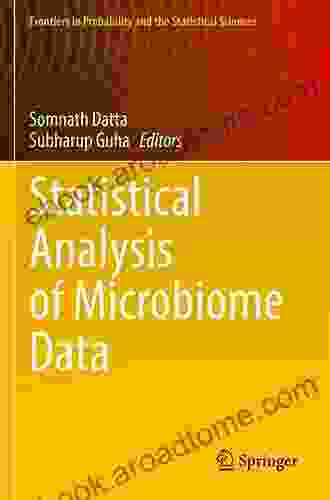Statistical Analysis Of Microbiome Data: Frontiers In Probability And The

The human microbiome, a vast community of microorganisms residing within our bodies, has emerged as a pivotal factor in human health and disease. Advances in sequencing technologies have enabled the generation of massive microbiome datasets, posing challenges and opportunities for researchers seeking to unravel their hidden insights. Statistical analysis plays a crucial role in making sense of this complex data, extracting meaningful patterns, and drawing informed s.
5 out of 5
| Language | : | English |
| File size | : | 9143 KB |
| Print length | : | 360 pages |
Statistical Challenges in Microbiome Data Analysis
- High Dimensionality: Microbiome datasets often comprise millions of features (microbial taxa),making traditional statistical methods computationally infeasible.
- Compositionality: Microbiome data is compositional, meaning that the relative abundances of taxa sum to a constant. This unique property requires specialized statistical techniques.
- Overdispersion: Microbiome data exhibits overdispersion, where the variance of the observed counts exceeds the expected variance under a Poisson distribution.
- Phylogeny: Microorganisms are related to each other through evolutionary history, introducing phylogenetic relationships into the data.
Statistical Methods for Microbiome Data Analysis
To address these challenges, researchers have developed a range of statistical methods specifically tailored for microbiome data analysis:
- Dimensionality Reduction: Principal component analysis (PCA) and non-metric multidimensional scaling (NMDS) are used to reduce the dimensionality of microbiome data while preserving the key patterns.
- Compositional Data Analysis: Aitchison's compositional data analysis methods, such as the centered log-ratio (clr) transformation, address the compositionality of microbiome data.
- Overdispersion Modeling: Generalized linear mixed models (GLMMs) and zero-inflated models account for overdispersion by incorporating random effects and additional components.
- Phylogenetic Analysis: Phylogenetic diversity metrics, such as Faith's phylogenetic diversity index, quantify the evolutionary diversity within a microbiome sample.
Applications of Statistical Analysis in Microbiome Research
Statistical analysis of microbiome data has a wide range of applications in biomedical research, including:
- Disease Diagnosis and Prognosis: Identifying microbial signatures associated with specific diseases, aiding in diagnosis and predicting disease outcomes.
- Drug Discovery: Understanding the effects of drugs on the microbiome, predicting drug efficacy, and identifying potential therapeutic targets.
- Nutritional Interventions: Evaluating the impact of dietary changes on the microbiome, optimizing nutritional strategies for health promotion.
- Environmental Health: Assessing the effects of environmental factors, such as pollution and climate change, on the microbiome's composition and function.
Statistical analysis is essential for unlocking the valuable insights hidden within microbiome data. The unique challenges posed by microbiome datasets require specialized statistical methods that account for high dimensionality, compositionality, overdispersion, and phylogenetic relationships. By embracing these advanced techniques, researchers can gain a comprehensive understanding of the microbiome's role in health and disease, paving the way for novel discoveries and transformative applications in healthcare and beyond.
References
- McMurdie PJ, Holmes S. Waste not, want not: why rarefying microbiome data is mostly useless. PLoS Comput Biol. 2014;10(4):e1003531.
- Aitchison J. The statistical analysis of compositional data. John Wiley & Sons; 1986.
- Lozupone C, Lladser ME, Knights D, Stombaugh J, Knight R. UniFrac: an effective distance metric for microbial community comparison. ISME J. 2011;5(2):169-172.
- Schloss PD, Westcott SL, Ryabin T, et al. Introducing mothur: open-source, platform-independent, community-supported software for describing and comparing microbial communities. Appl Environ Microbiol. 2009;75(23):7537-7541.
- Edgar RC. UPARSE: highly accurate OTU sequences from microbial amplicon reads. Nat Methods. 2013;10(10):996-998.
5 out of 5
| Language | : | English |
| File size | : | 9143 KB |
| Print length | : | 360 pages |
Do you want to contribute by writing guest posts on this blog?
Please contact us and send us a resume of previous articles that you have written.
Light bulbAdvertise smarter! Our strategic ad space ensures maximum exposure. Reserve your spot today!

 Brian WestRemastered Guide to Horse Gaits, Balance, and Movement: Unveiling the Secrets...
Brian WestRemastered Guide to Horse Gaits, Balance, and Movement: Unveiling the Secrets...
 Demetrius CarterDumpster Television Magazine: Your Guide to the Best and Worst of Reality TV
Demetrius CarterDumpster Television Magazine: Your Guide to the Best and Worst of Reality TV
 Jerome PowellModeling Interactions and Networks for Systems Studies: A Comprehensive Guide
Jerome PowellModeling Interactions and Networks for Systems Studies: A Comprehensive Guide Ernest PowellFollow ·17.2k
Ernest PowellFollow ·17.2k Cooper BellFollow ·18k
Cooper BellFollow ·18k Salman RushdieFollow ·8.2k
Salman RushdieFollow ·8.2k Jim CoxFollow ·16.6k
Jim CoxFollow ·16.6k Edward ReedFollow ·7.2k
Edward ReedFollow ·7.2k Francisco CoxFollow ·2.7k
Francisco CoxFollow ·2.7k Brenton CoxFollow ·11.6k
Brenton CoxFollow ·11.6k Eric HayesFollow ·8.7k
Eric HayesFollow ·8.7k

 Eugene Scott
Eugene ScottHeal Your Multiple Sclerosis: Simple And Delicious...
Are you looking for a...

 Bo Cox
Bo CoxMyles Garrett: The Unstoppable Force
From Humble Beginnings Myles Garrett's...

 Ralph Turner
Ralph TurnerDiscover the Wonders of Weather with My Little Golden...
My Little Golden...

 Arthur Mason
Arthur MasonKawaii Easy Sudoku Puzzles For Beginners: Unleashing Your...
Immerse Yourself...

 Felix Carter
Felix CarterGet Started in Stand-Up Comedy: Teach Yourself
Have you...

 Russell Mitchell
Russell MitchellChallenge Your Mind: Test Your Chess Skills with an...
Are you ready to embark on a...
5 out of 5
| Language | : | English |
| File size | : | 9143 KB |
| Print length | : | 360 pages |












































